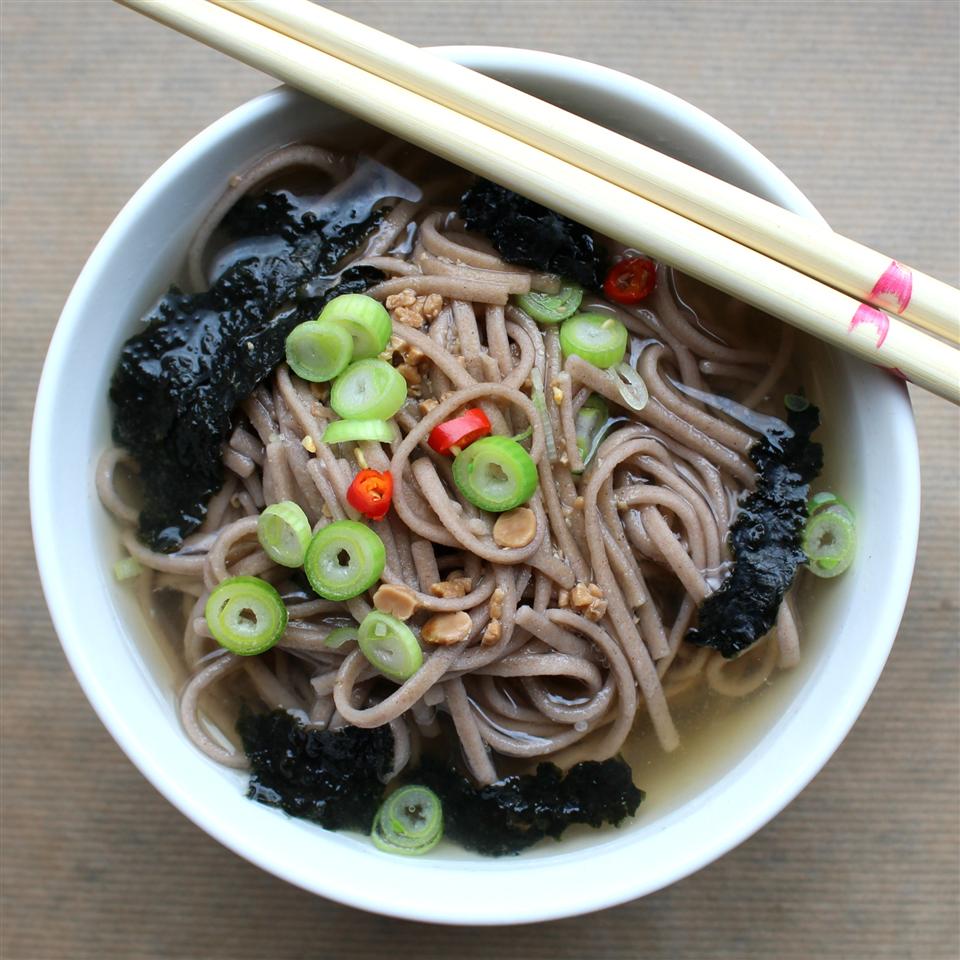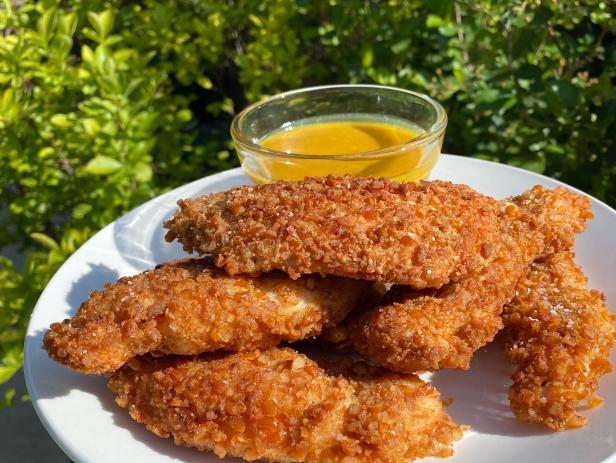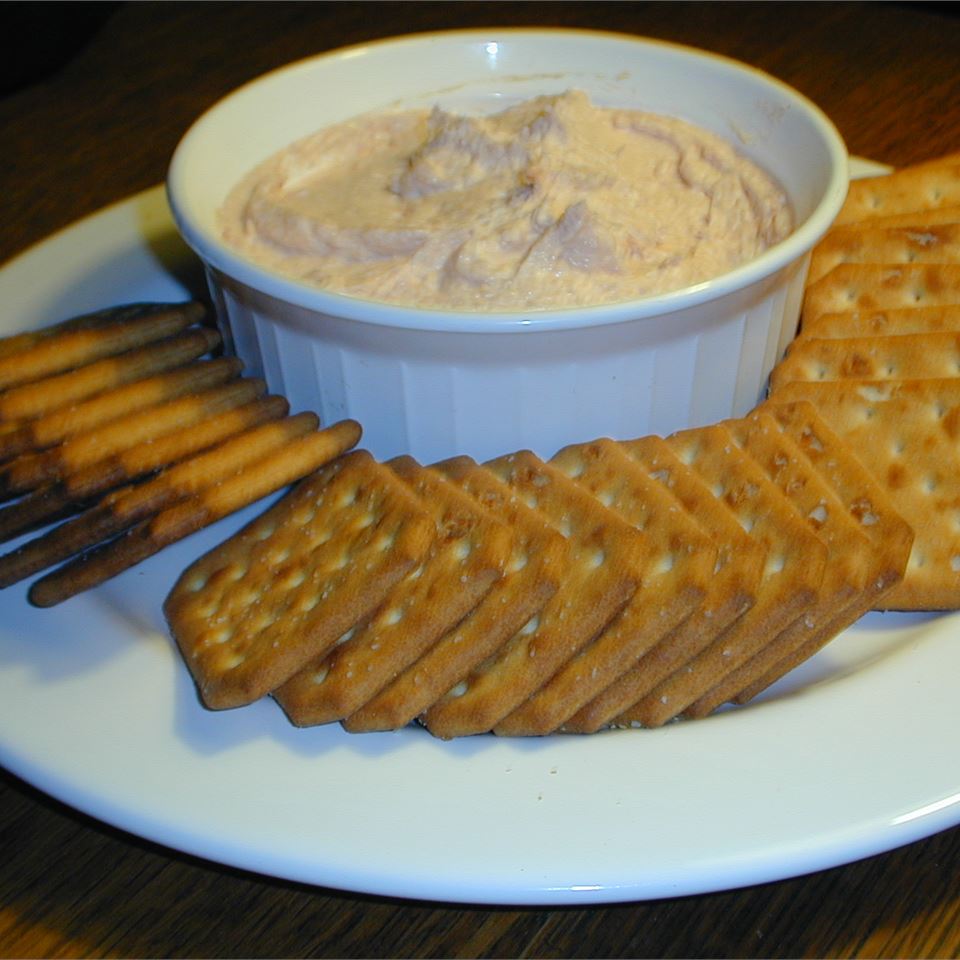Zaru soba is a refreshing and flavorful Japanese dish made with chilled buckwheat noodles served on a bambooざる (tray) and topped with a variety of ingredients, including nori (dried seaweed), wasabi, and a dipping sauce made from dashi, soy sauce, and mirin. It is a popular summer dish, as the cold noodles and light dipping sauce help to cool the body down on a hot day.
This article provides three different recipes for zarusoba:
* **Classic Zaru Soba:** This recipe uses a simple dipping sauce made with dashi, soy sauce, and mirin. It is a good choice for those who are new to zarusoba, as it allows the natural flavor of the noodles to shine through.
* **Zaru Soba with Spicy Dipping Sauce:** This recipe adds a spicy kick to the classic dipping sauce by using togarashi (Japanese chili pepper) and grated ginger. It is a good choice for those who like their food spicy.
* **Zaru Soba with Walnut Dipping Sauce:** This recipe uses a creamy and nutty dipping sauce made with walnuts, sesame seeds, and dashi. It is a good choice for those who want a more flavorful and rich dipping sauce.
All three recipes include step-by-step instructions and helpful tips to ensure that you can make a delicious bowl of zarusoba at home.
ZARU SOBA (CHILLED SOBA NOODLES)

Chilled Soba Noodles, or Zaru Soba, is a classic summertime meal in Japan accompanied by a savory dipping sauce called tsuyu, and a plethora of condiments called yakumi.
Provided by Marc Matsumoto
Categories Entree
Number Of Ingredients 9
Steps:
- To make the dipping sauce, add the dashi, soy sauce, sake and sugar to a saucepan, and bring the mixture to a boil. Continue boiling for 1 minute to vaporize the alcohol in the sake and soy sauce. Set this aside to cool.
- To boil the soba noodles, bring a large pot of water to a rolling boil. Add the soba noodles and stir for about a minute to ensure the noodles don't stick together. Continue boiling the noodles for the amount of time specified on the package.
- Transfer the noodles to a strainer using chopsticks or tongs (leaving the boiling liquid in the pot).
- Wash the soba under cold running water to cool it to room temperature while removing any excess starch on the noodles' surface.
- Transfer the soba to a bowl of ice water and let the noodles chill for a moment.
- Serve the noodles by scooping small amounts of soba out of the ice water and bundling them up into small mounds on a zaru or large flat basket.
- Serve immediately with the dipping sauce and condiments.
- Once you've finished eating the cold soba, reheat the boiling liquid and serve it in a teapot to add to the remaining dipping sauce to make a broth.
Nutrition Facts : Calories 253 kcal, Carbohydrate 49 g, Protein 14 g, Fat 1 g, SaturatedFat 1 g, Sodium 2347 mg, Fiber 1 g, Sugar 4 g, UnsaturatedFat 2 g, ServingSize 1 serving
ZARU SOBA

This is a Japanese cold noodle soup perfect for those hot summer days. It is filling and refreshing.
Provided by BRENNA3
Categories World Cuisine Recipes Asian Japanese
Time 50m
Yield 4
Number Of Ingredients 8
Steps:
- Bring a lightly salted pot of water to a boil. Add soba noodles; cook, stirring occasionally, until tender, 5 to 8 minutes. Drain. Rinse with cold water to speed up cooling process.
- Combine dashi, soy sauce, mirin, and white sugar in a small saucepan; bring to a boil. Remove from heat and cool to room temperature, about 25 minutes.
- Toss noodles with sesame seeds and divide among 4 serving bowls. Spoon dashi sauce over noodles. Top with green onions and nori.
Nutrition Facts : Calories 256.9 calories, Carbohydrate 48.2 g, Cholesterol 0.6 mg, Fat 3.1 g, Fiber 1 g, Protein 11.6 g, SaturatedFat 0.5 g, Sodium 1444.8 mg, Sugar 3.2 g
COLD SOBA NOODLES WITH DIPPING SAUCE

In Japan, where it gets plenty hot in the summer, cold soba noodles, served with a dipping sauce, are a common snack or light meal. Soba are brown noodles, made from wheat and buckwheat, and the sauce is based on dashi, the omnipresent Japanese stock. You would recognize the smell of dashi in an instant, even if you have never knowingly eaten it. It's a brilliant concoction based on kelp, a seaweed and dried bonito flakes. It is also among the fastest and easiest stocks you can make, and its two main ingredients - which you can buy in any store specializing in Asian foods - keep indefinitely in your pantry. I would encourage you to try making it, though you can also use chicken stock (or instant dashi, which is sold in the same stores).
Provided by Mark Bittman
Categories dinner, easy, lunch, quick, noodles, main course, side dish
Time 30m
Yield 2 to 4 servings
Number Of Ingredients 7
Steps:
- Bring a large pot of water to a boil, and salt it. Cook noodles until tender but not mushy. Drain, and quickly rinse under cold running water until cold. Drain well.
- Combine dashi or stock, soy sauce and mirin. Taste, and add a little more soy if the flavor is not strong enough. Serve noodles with garnishes, with sauce on side for dipping (or spooning over).
Nutrition Facts : @context http, Calories 233, UnsaturatedFat 1 gram, Carbohydrate 46 grams, Fat 1 gram, Fiber 0 grams, Protein 11 grams, SaturatedFat 0 grams, Sodium 1411 milligrams, Sugar 1 gram
COLD SOBA NOODLES (ZARU SOBA)

Provided by Nina Simonds
Time 30m
Yield 6 servings
Number Of Ingredients 8
Steps:
- To prepare the dashi, or stock: Place the cold water in a saucepan. Using a damp cloth, wipe the kombu, removing any dirt. Place the kombu in the cold water, and bring the mixture to a boil over high heat. Remove the kombu immediately, and reserve for another use. Bring the water again to a boil, and remove from the heat. Add the bonito flakes and stir, and then let them settle to the bottom of the pan, about 1 minute. Strain the liquid through a fine-meshed strainer lined with cheesecloth. Discard the bonito flakes.
- To make the dipping sauce, combine 2 cups of the dashi with the soy sauce and mirin in a bowl. Chill. (For serving, you may divide it into six portions and chill.)
- To cook the noodles, bring 3 quarts of water to a boil in a large pot. Add the noodles, scattering them over the surface. Once the water reaches a boil, cook for 5 to 6 minutes, or until just tender. Put the noodles in a colander, and rinse under cold running water to remove the starch. Drain thoroughly, and divide among six baskets or bowls.
- Place the scallions and wasabi in the center of the table with the noodles. Each diner then mixes a dab of the wasabi and 1 tablespoon of the scallions in a portion of dipping sauce and, using chopsticks, dips noodles into the sauce.
Nutrition Facts : @context http, Calories 214, UnsaturatedFat 0 grams, Carbohydrate 45 grams, Fat 1 gram, Fiber 0 grams, Protein 10 grams, SaturatedFat 0 grams, Sodium 1063 milligrams, Sugar 0 grams
ZARU SOBA - CHILLED JAPANESE NOODLES
This is a dish I became addicted to in Thailand, of all places... I'd never seen it here in Australia, so I learned to make it myself. It's extremely refreshing in hot weather. One way of serving the noodles is to place them over a dish of ice to keep them cool, but that's not necessary if you prefer not to. If you can't find dashi, which is a type of stock prepared with bonito flakes and seaweed, I have found that shop bought instant miso soup can do at a pinch. You might need to fiddle with the proportions of ingredients for the sauce to suit your taste. Some people like to add a little bit of sugar to the sauce as well.
Provided by becy959
Categories Lunch/Snacks
Time 10m
Yield 1 serving(s)
Number Of Ingredients 8
Steps:
- Combine dashi, shoyu, mirin and vinegar in a pan and bring to a simmer.
- Remove from heat and store in refrigerator to chill.
- Bring litre of water to boil.
- Add soba noodles.
- Cook for 4 mins.
- Drain noodles using a colander.
- Rinse with cold water and wash noodles, making sure all the starch is rinsed off.
- Cut nori sheet in four.
- Take one quarter and slice thinly.
- Place slices of nori on noodles.
- Slice spring onion and place on a small dish.
- Put wasabi paste on another small dish.
- Serve noodles on a bamboo mat traditionally, or just use a plate, with the dipping sauce and condiments in separate bowls.
- Combine desired condiments into the sauce.
- Dip noodles in sauce and eat!
Tips:
- To make the soba noodles more flavorful, rinse them in cold water before cooking. This will remove the excess starch and help the noodles absorb the flavor of the dipping sauce.
- If you don't have a bamboo mat, you can use a clean kitchen towel to roll the soba noodles.
- To make the dipping sauce, use a good quality dashi. Dashi is a Japanese soup stock made from kombu (dried kelp) and katsuobushi (dried bonito flakes). You can find dashi powder or dashi granules at most Asian grocery stores.
- If you don't have mirin, you can use dry sherry or white wine as a substitute.
- To make the tempura, use a light and fluffy batter. You can find a recipe for tempura batter online or in a Japanese cookbook.
- When frying the tempura, make sure the oil is hot enough so that the tempura cooks quickly and evenly.
Conclusion:
Zaru soba is a refreshing and delicious Japanese noodle dish that is perfect for a hot summer day. The cold soba noodles are served with a flavorful dipping sauce, and the tempura adds a crispy and savory element. This dish is also very easy to make, so it's a great option for a quick and easy weeknight meal.
Are you curently on diet or you just want to control your food's nutritions, ingredients? We will help you find recipes by cooking method, nutrition, ingredients...
Check it out »
You'll also love






